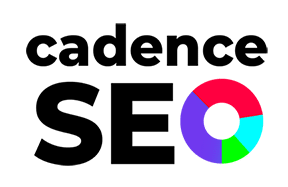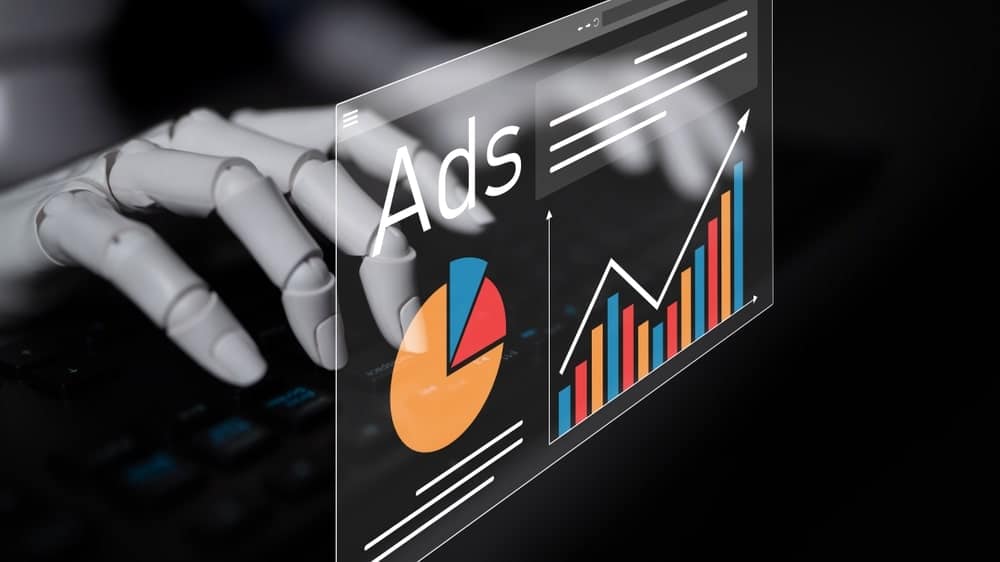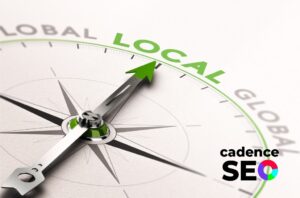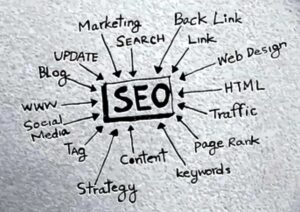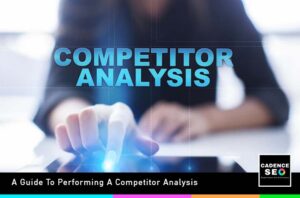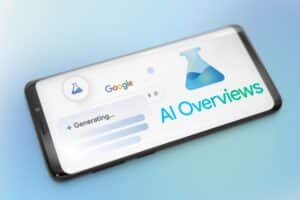Artificial intelligence (AI) is rapidly transforming nearly every aspect of digital marketing, and Search Engine Marketing (SEM) is no exception. From keyword research to ad copy generation, AI influences how campaigns are built, optimized, and scaled. As platforms like Google Ads adopt more machine learning features and algorithmic automation, SEM strategies are evolving alongside them. If your team isn’t already leveraging AI in your paid search campaigns, you’re likely falling behind. In this article, we’ll explore how AI is redefining the core pillars of SEM, what that means for marketers, and how to integrate AI Optimization (AIO) effectively into your paid strategy.
What is Search Engine Marketing (SEM)?
Search Engine Marketing is a digital strategy focusing on increasing visibility in search engine results pages (SERPs) through paid advertising. Most commonly, this is done via Pay-Per-Click (PPC) campaigns on platforms like Google Ads and Microsoft Advertising. With SEM, you bid on specific keywords for your ad to appear when someone searches for them. If a user clicks on your ad, you pay, hence “pay-per-click.” It’s a targeted way to connect with users searching for solutions you offer. Unlike SEO, which takes time to build organic visibility, SEM delivers immediate traffic and measurable ROI. The real art of SEM comes in turning those clicks into conversions, whether that’s a lead, a phone call, or a purchase, depending on what matters most to your business. And now, thanks to AI, it’s also becoming smarter, faster, and more adaptable than ever before.
How AI is Reshaping Key SEM Components
AI isn’t just automating tasks; it’s transforming how marketers think about strategy and execution across every layer of SEM. Let’s break it down:
Keyword Research
Gone are the days of manually sifting through spreadsheets of keyword volume and competition. AI-powered tools now analyze thousands of search terms in real time, identify trends, and cluster keywords by intent in seconds. Natural Language Processing (NLP) enables AI to detect semantic similarities between keywords and uncover long-tail variations that humans might miss. For example, AI might suggest targeting “best CRM for solopreneurs” as a high-intent keyword that complements a broader term like “small business CRM.”
Audience Targeting
AI leverages vast amounts of behavioral data to help advertisers reach the right people at the right time. Tools like Google’s Smart Bidding or Performance Max campaigns use machine learning to analyze past behavior and predict who will likely convert. AI means SEM isn’t just about keywords anymore; it’s also about contextual signals, such as device, location, time of day, browsing behavior, and more. AI processes these signals at scale, far beyond human capability.
Ad Copy & Creative Optimization
Generative AI tools can now draft headlines and descriptions, and even display ad creative based on performance data and user behavior. While human review is still crucial, AI accelerates testing cycles by creating multiple ad variants for A/B testing, optimizing creative faster and more effectively. For example, responsive Search Ads (RSAs) use AI to mix and match different headline and description combinations, learning which variations perform best for different queries. That said, AI still falls short of the nuanced, heuristic skill set that a strong content writer brings to persuasive ad copy. But when paired together, human creativity and AI-driven scale form a powerful discipline that can elevate campaign performance.
Budget & Bid Management
AI can adjust your bids automatically based on campaign performance, competitive activity, and even predicted likelihood of conversion. With Smart Bidding strategies like Target CPA and Maximize Conversions, machine learning models learn from each auction to help you get the most from your budget. Google Ads also takes into account the historical performance of your entire account to understand which conversions are most valuable to your business. This is why new accounts need a grace period, allowing the algorithm time to collect meaningful data and begin optimizing effectively. AI strategy frees marketers from manual bid adjustments and allows more focus on strategy, creativity, and messaging.
The Relationship Between SEM and Artificial Intelligence
SEM and AI are becoming increasingly intertwined. Search engines prioritize search intent and user context more than ever, and AI tools are built to interpret those signals better than any manual strategy. Google’s algorithms are now powered by AI models like BERT and MUM, which understand the meaning and nuance behind queries. This AI affects organic search and how ads are triggered, evaluated, and ranked. In short: AI influences the platform’s algorithm and the tools you use to optimize within it. Ignoring this shift means missing out on faster, more efficient campaign performance. That said, with paid search ads, scheduled account optimizations are still essential. Regularly reviewing and refining campaign elements helps guide the algorithm in the right direction, improves results over time, and protects your budget from wasted spend.
Integrating AIO Into Your Search Engine Marketing Strategy
Artificial Intelligence Optimization (AIO) refers to training and refining AI tools to perform better within your context. Here’s how to apply it to your SEM workflows:
- Train AI Tools on Your Brand Voice
If you use generative AI to write ad copy, train the model with past ads that performed well. Build prompt templates that reflect your tone, value propositions, and compliance needs. Training ensures your AI outputs are on-brand and high-converting.
- Feed AI Accurate Conversion Data
Your AI bidding and optimization tools are only as innovative as the data you give them. Use conversion tracking, enhanced conversions, and offline tracking when applicable. Connect tools like Google Ads and Google Analytics to ensure data flows freely.
- Use AI for Competitor Insights
AI tools can monitor your competitors’ ad copy, keyword targeting, and landing page strategy in real time. Use this intelligence to identify gaps and opportunities in your campaigns.
- Let AI Handle Testing, But You Handle Strategy
AI can handle A/B tests, budget pacing, and copy iteration, but it still needs human guidance. You set the goals, positioning, and creative direction. AIO is a partnership, not a replacement.
- Optimize Continuously
The beauty of AI is that it never stops learning. Make optimization a continuous process. Feed your systems fresh data, test new angles, and track shifts in keyword demand or user behavior.
Navigating AI Optimization with CadenceSEO
The rapid evolution of AI in digital marketing can be exciting and overwhelming. At CadenceSEO, we help businesses cut through the noise by building SEM strategies that combine intelligent automation with human insight. We don’t just plug you into tools; we help you train and optimize those tools to deliver real, measurable ROI. Whether exploring AI-powered keyword research, building responsive ad campaigns, or optimizing for better lead quality, our team will guide you every step. Contact us at CadenceSEO to learn more about scheduling a free strategy session.
References:
